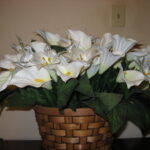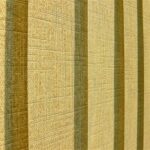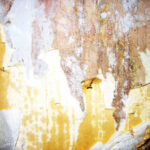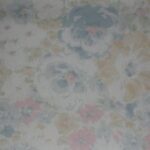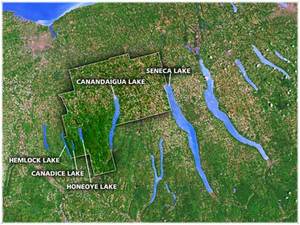Scratched surfaces are not uncommon in furniture; normal wear and tear on pieces like dressers and end tables is bound to happen. There are some ways to cover scratched furniture that you can do at home for little money.
End tables and night stands are easy enough to cover. Have a piece of glass cut with or without beveled edges. Arrange photos on the table and then set the glass. Or, use silk flowers to make a floral arrangement on the tabletop before positioning the glass. Other ideas are leaves, fabric, wallpaper, or even an old poster. Cut the poster and arrange a photo mat around it before placing the glass on top. Do the same with a dresser, coffee table, kitchen table or counter top.
Something similar can be done with a small table and a very large picture frame. Remove the prop and hardware from the back to allow the frame to lay flat on the table. The frame must be the same size or slightly larger than the table, not smaller. Place pictures, fabric or wallpaper in the frame and glue the frame to the table or simply lay it on top.
Kitchen tables can always use a table pad since they seem to scratch easier than most other surfaces in the home. No matter what shape your table it’s easy to make a protective cover that will hide scratches, if needed, or to keep the table from getting marred. Get thick cardboard to begin the cover. Try a cardboard supply place or ask at a retail store that sells large appliances to see if you can get a large piece. If not, piece a couple of small sections together with strong tape.
Cut the cardboard to the shape of the table. Cut a piece of quarter-inch foam the shape of the table as well. Use spray adhesive to attach the foam to the cardboard. If using cardboard sections that have been taped together the foam will also help hold them together. Cut a piece of fabric or vinyl to cover the cardboard and foam. Cut the material about three inches longer, all the way around, than the table.
Lay the fabric on the table, right side downward, then place the cardboard on the fabric with foam side facing cloth. Spray adhesive will help affix the material to the cardboard. Start at one end (if it’s a circle, just start at any side) and glue the fabric partially. Go to the opposite side and do the same, pulling taut. Clothes pins or clamps will help to hold the fabric in place during the gluing. Tack each of the four sides, in the middle, then go back to do the sections in between. This will ensure you get a good snug fit before gluing all the fabric.
If you will be using the new tabletop, then sometimes removing it, make it where it will fold. To do so, use sections of cardboard that are upholstered individually. The sections can be in halves, quarters or even thirds. After each piece is covered align them on the table, upside-down. Butt the sections tightly together then use spray adhesive to attach wide ribbon to the backside of the segments, all the way across. When you get to each place where the cardboard is split allow an inch or so of slack in the ribbon before continuing to glue to the next section. This will allow enough slack in the ribbon to let the cardboard fold flat but will hold the sections together.
To make the table or other surface look a little more elegant try placing a piece of lace on the surface and allowing it to hang down a little for a dresser, a lot for a table. Cover the cardboard piece with fabric, rather than vinyl, and lay it atop the lace. This is a beautiful look for a girl’s room, any dresser, a coffee table or kitchen table.
Don’t live with marred surfaces in your home, hiding them with towels and spreads. Make a cover that will last, prevent scratches, and still look good.
Reference:
- Furniture Repair & RefinishingThe Weekend Refinisher
